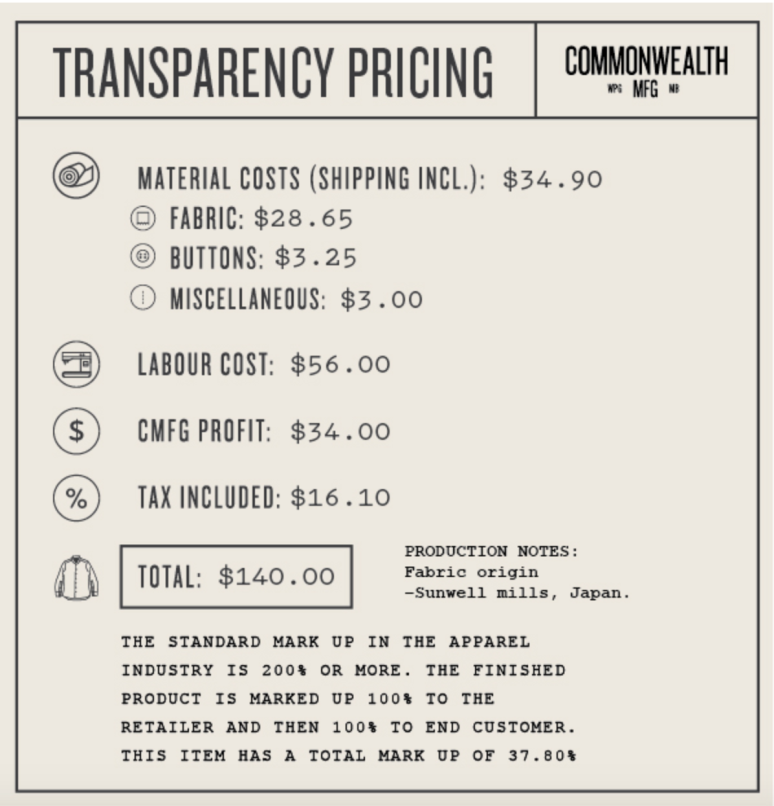Anytime I see a sale over 25% I get shivers. In what world can a business run when it is giving such big discounts on its products? That world is ours, and it’s because the products were never worth that much, to begin with.
I used to shop at RW&CO a lot back in my day. I would get a mini high when I would sift through the sales racks. One sweater I found was originally $70, and I bought it for $10! I couldn’t believe the deal I got. I was so pleased with myself, never considering how manipulated I had been by the company.
That sweater was never worth $70. It’s a poly-blend, and it pilled within a month. Stores like RW&CO price its pieces so high, so the consumer feels as though they are getting a good deal. Black Friday sales are no different. No store would ever sell a product without making a profit, it makes no sense. So when you pick up that $10 sweater, thinking you just hit the jackpot, you really were just fooled.
For scale, let’s take a look at the profit margins of the brand Commonwealth Mfg., made in Winnipeg, Mb. Commonwealth is a handmade men’s shirt manufacturer that highly values transparency and puts this note with all of its products:
 As you can see, this shirt costs $140 to buy, and the brand only takes home $34 in profit. That’s less than 25% of the cost.
As you can see, this shirt costs $140 to buy, and the brand only takes home $34 in profit. That’s less than 25% of the cost.
Thinking back to the $20 I spent on that $70 sweater, either RW&CO took a big hit selling me that sweater (highly unlikely) or that sweater cost them $5 to create.
So yes, it is so easy to get excited when we see these sales. I still get an impulse to buy when I see them. But I am learning to stop myself and ask why does this cost so little and who is benefitting from this profit? It definitely isn’t the seamstress who made it.
